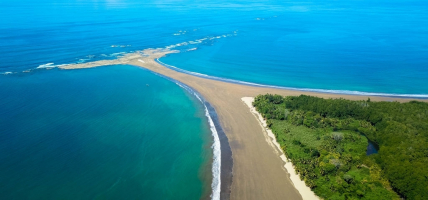Top 7 Most Beautiful Historical Sites in Costa Rica
Is there anything more enthralling than strolling through a renowned ruin surrounded by lush jungle gardens, soaking in the sights and hearing the tales of a ... read more...bygone era? Visiting historical sites and hearing myths and legends are both excellent ways to gain a better knowledge of a country's culture. The following are some of the most beautiful historical sites in Costa Rica, complete with mysterious legends.
-
The National Theater, or Teatro Nacional, opened to the public in 1897 and is located in the heart of San Jose, Costa Rica's capital city. It is located on the south end of Plaza de la Cultura, a well-known pedestrian plaza. The neoclassical style of the Paris Opera House inspired the design of the National Theater. A statue of Beethoven and Calderón de la Barca, a well-known 17th-century Spanish dramatist, are featured on the columned neoclassical facade. The theater's interior is ornately furnished, with a marble foyer and an auditorium filled with 19th-century artworks depicting everyday life. Splendid architecture along with luxurious interiors make this building one of the most beautiful historical sites in Costa Rica.
During a time when the country's wealth was based on coffee exports, the National Theatre served as a cultural asset. It features high-quality performances that meet stringent artistic standards. The building is recognized for its gorgeous interior, which features expensive furnishings, and is regarded the best historic edifice in the capital.
The National Theater now is a tourist attraction in addition to hosting shows many times a week. The National Symphonic Orchestra (NSO) performs works by both Costa Rican and foreign composers as part of the orchestra's regular season.Location: San José, Costa Rica
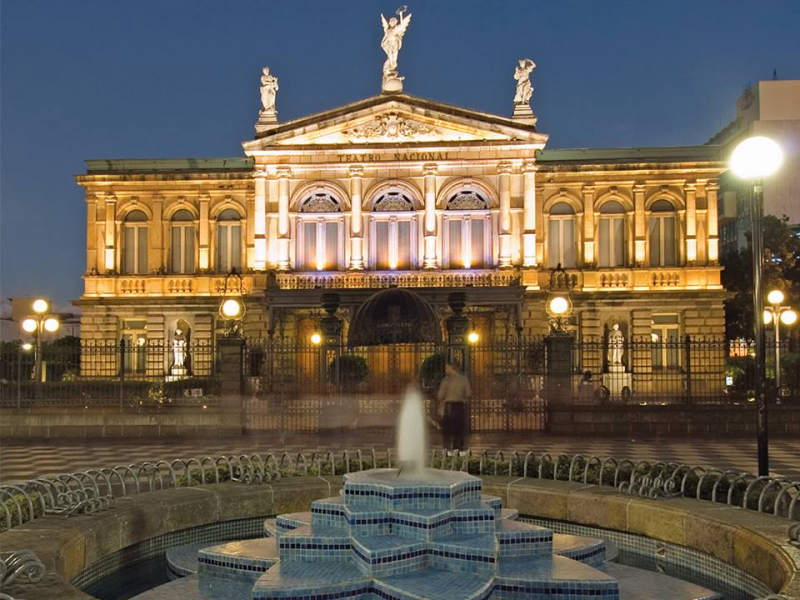
Photo: qcostarica 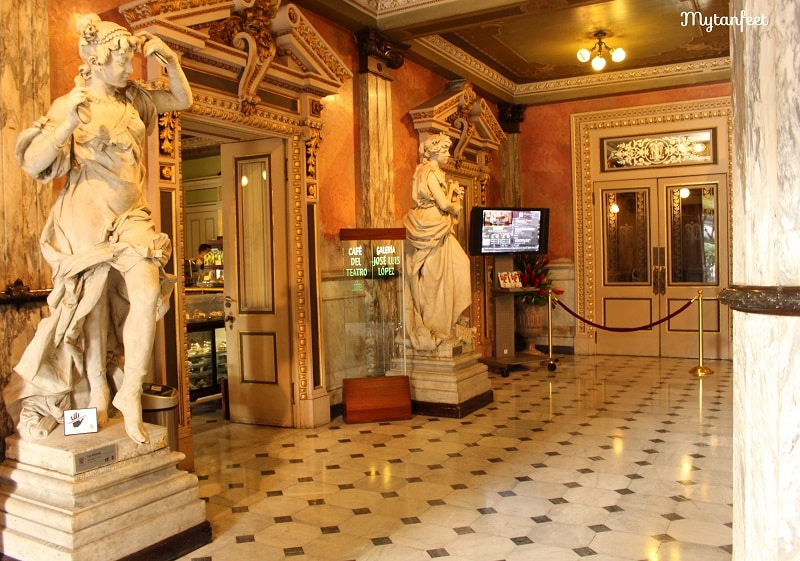
Photo: mytanfeet -
The Ujarras Ruines, built between 1575 and 1580 in the small village of Ujarras, are one of Costa Rica's rare Spanish colonial ruins. The ruins of Iglesia de Nuestra Seora de la Limpia Concepción, one of the country's oldest churches, may be found on the site. The church is encircled by lovely, well-kept grounds.
A local indigenous Huetar fisherman discovered a box with a Virgin Mary image on it, according to mythology. They were, however, unable to transport it from the spot where they discovered it. The church was then built on the site. The Virgin Mary's spirit is said to have forewarned people of a terrible flood and performed miracles for the villagers.The church in Ujarrás has undergone various restorations. The church was constructed using calico, a limestone-based construction technology (stone masonry). The church's façade, altar, and other features have all been restored. Both the main and back façades were adapted during the 2010 restoration campaign to make the historic structures more resistant to seismic activity, which is frequent in Costa Rica. Additionally, sufficient drainage around the foundations was installed to prevent water from reaching the old walls.
Location: Cartago Province, Costa Rica
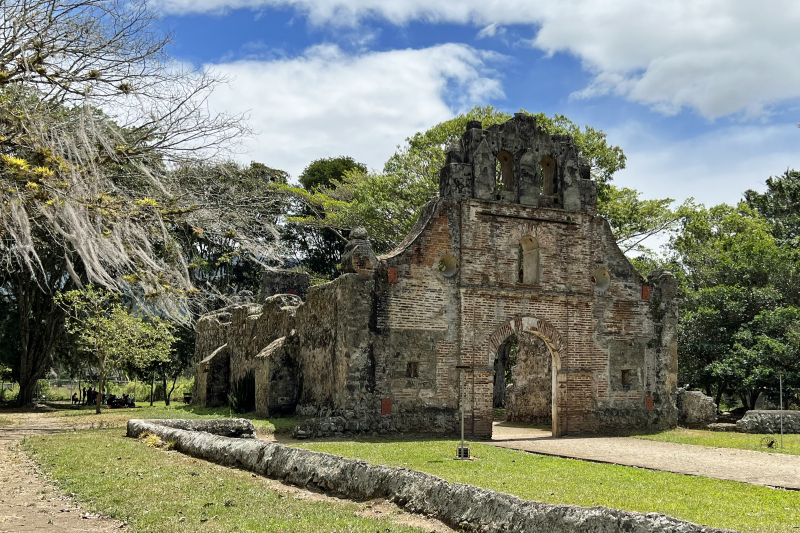
Photo: wikipedia 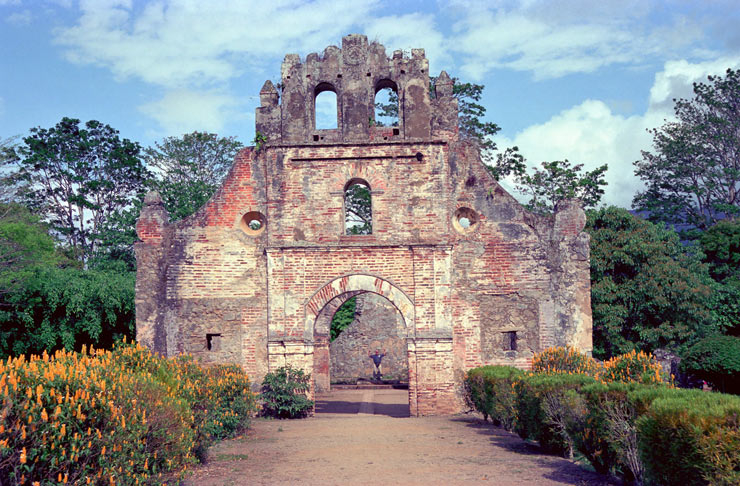
Photo: govisitcostarica -
The Orosi Church, located in the Orosi River Valley, is Costa Rica's oldest still-functioning church. Orosi Church, erected by Franciscan monks in the colonial era in 1743, has adobe walls that have withstood several major earthquakes. Painted and carved wooden statues and altarpieces adorn the baroque interior. Outside the church, there is a religious art museum with a collection of relics and paintings.
The temple door of the Orosi Church opens to the rising sun, which is unusual among churches, which normally face West. According to history, the Franciscans carried a picture of Saint Joseph on their shoulders while striking a silver bell when they arrived in Orosi with the Talamanca Indians. The bell did not ring when they arrived at the boiling hot spring in the highlands. As a result, they erected the church right away. Floods wrecked the church numerous times after it was built. The Franciscans ultimately realized, after many prayers, that the church could not be built in the traditional manner because Saint Joseph desired to face Talamanca.
Location: Cartago, Costa Rica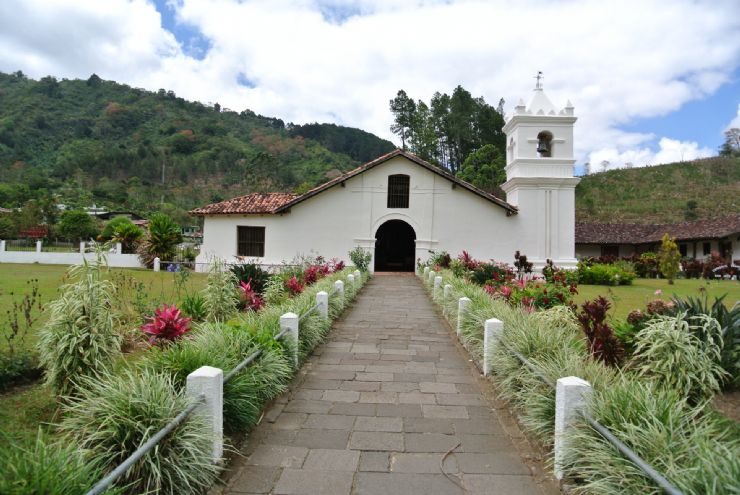
Photo: govisitcostarica 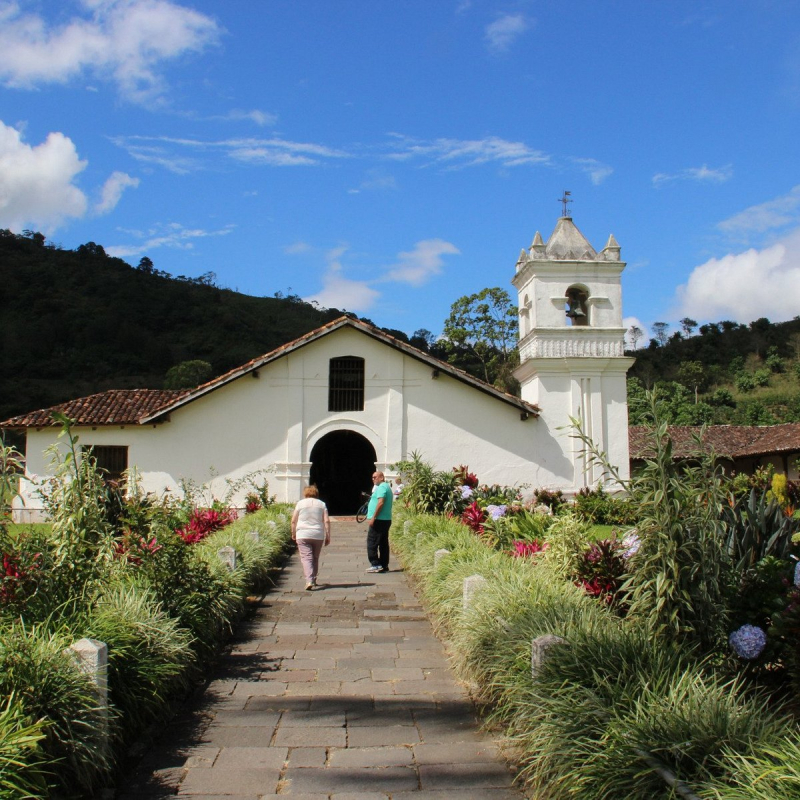
Photo: tripadvisor -
The Basilica of Our Lady of the Angels is a Roman Catholic basilica in Costa Rica dedicated to the Virgen de Los Pardos, also known as Virgen de Los ngeles. It is located in the city of Cartago (the Lady of the Angels). Built in 1639, the basilica was partially destroyed by an earthquake. The church has since been rebuilt and now features a unique blend of colonial and 19th-century Byzantine architecture; the current structure dates from 1939.
The Virgin of Nuestra Seora de Los ngeles, a small representation of the Virgin Mary carrying the infant Jesus said to have been discovered by a peasant girl in Cartago, is honored in the Basilica of Our Lady of the Angels. According to legend, the little girl discovered the little figurine on a rock and brought it home. The next morning, she discovered the statue had vanished and had returned to the rock, so she took it to the priest, who placed it in a little box. The statue was back on the rock the next morning. The church was devastated by earthquakes so many times during construction that it was finally decided to transfer it to the spot where the statue was discovered, and the building was completed. Many believe that the earthquakes were indicators that the Lady of Los Angeles want the basilica to be built there.Across a million Christians (estimates range from 1 to 2.5 million) flock to the Basilica in the days preceding up to August 2, many of whom trek from all over the country. The majority of people, however, join the 22-kilometer walk from San José and nearby settlements to the basilica. The pilgrimage is known as the Romera in Costa Rica, and it is one of the country's most enduring traditions. Many people choose to crawl a portion of the route on their hands and knees as a sign of their piety.
Location: Cartago, Costa Rica
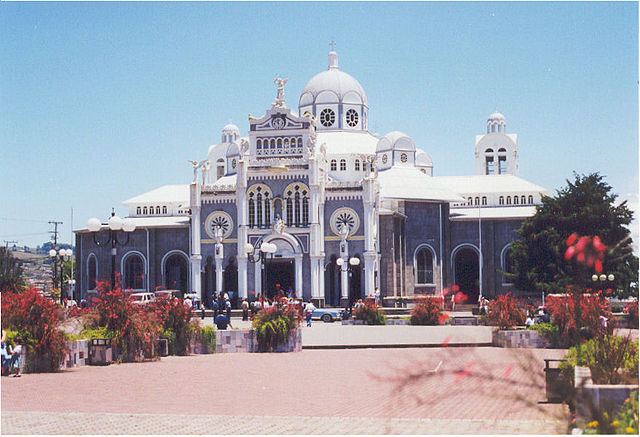
Photo: wikipedia 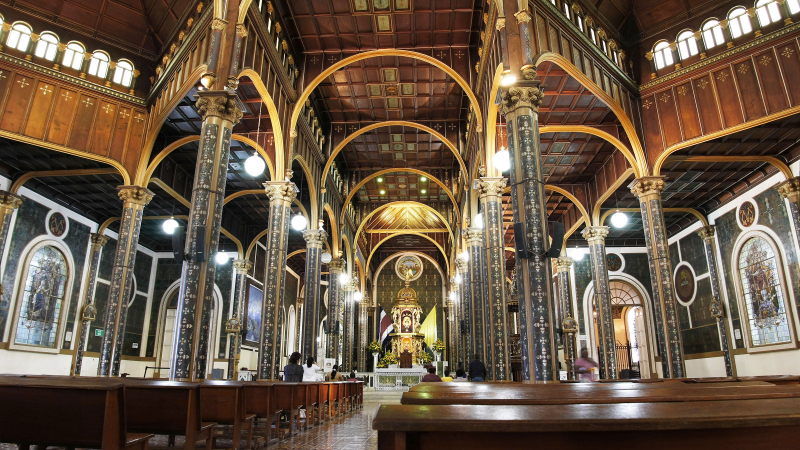
Photo: en.astelus -
The old hacienda building of La Casona is located in Costa Rica's Guanacaste province, within Santa Rosa National Park. The Battle of Santa Rosa took place on the grounds of La Casona. On March 20, 1856, the Costa Ricans fought against William Walker, an American soldier and future Nicaraguan ruler, who was attempting to seize Costa Rica. William Walker and his soldiers had no choice but to return to Nicaragua. Today, La Casona is a revered symbol of Costa Rica's independence and it also one of the most beautiful historical sites in Costa Rica.
The museum is located in the park's historic section, which also has other significant attractions, such as the Stone Pens and the Heroes' Monument. The history of La Casona ('The Estate Farm') is described in the museum. You could learn a little more about the routines and manner of life of ancient Costa Rican estate laborers there. The preservation of the outstanding manner, with its rural style, surrounded by a lovely scenery, is one of the museum's key functions.
Tourists can take advantage of a variety of services at the museum, including an information desk, cultural activities, and guided tours that take visitors through the museum while explaining the various exhibitions in an informative and entertaining manner.Location: Guanacaste, Costa Rica.
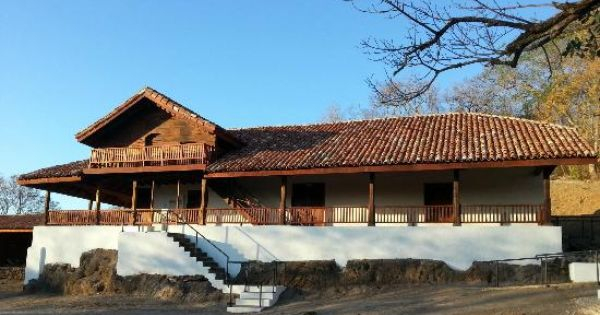
Photo: pinterest 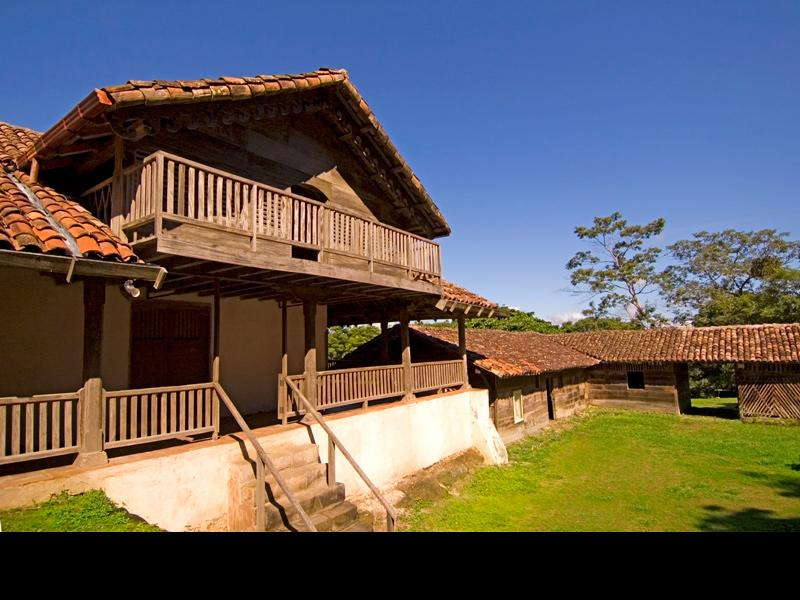
Photo: airporttransfercostarica -
Guayabo National Monument is one of Costa Rica's most important archaeological sites, located on the forested slopes of the Turrialba Volcano. These ruins comprise the country's largest pre-Columbian city. This ancient civilization, which is considered to have existed between 1000 BC and 1400 AD, was home to over 10,000 individuals.
Guayabo was discovered in the late 1800s and was thought to be an ancient cemetery. Archaeologist Carlos Aguilar Piedra discovered the stone foundations in 1968. He tried to clear the dense vegetation surrounding the location in order to determine its size. Three aqueducts, 43 stone foundations, two main roadways, several tiny walkways, and tombstones were uncovered.
Early explorers left little trace of the city, and the reasons for its demise remain a mystery.
Location: Cartago, Costa Rica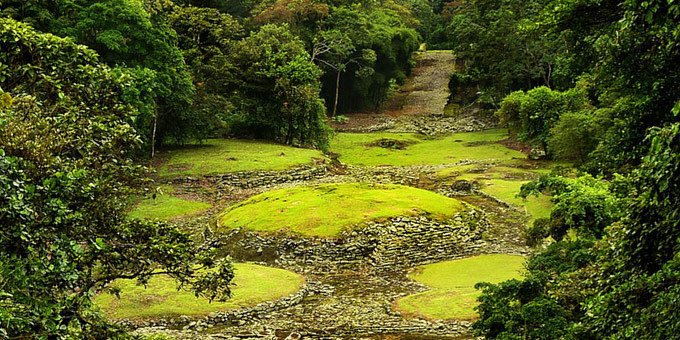
Photo: entercostarica 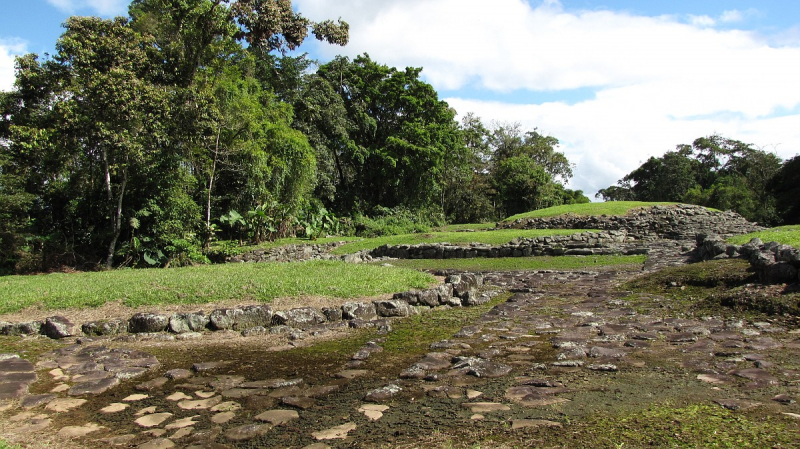
Photo: wikipedia -
Santiago Apostol Parish Ruins (St. James Apostle) are a Costa Rican Cultural Heritage Site in Cartago, Costa Rica.
Several churches dating back to 1575 can be found at the Santiago Apostol Parish Ruins. In 1630, an earthquake ruined the original structure. In 1656, the ruins were destroyed. Another earthquake in 1718 damaged the newest two chapels and church! What is left is the cultural heritage site that is today's Santiago Apostol Parish.According to folklore, two brothers, one a priest and the other a well-liked man, were among the first immigrants of Cartago. They were both smitten by the same woman, but she selected the popular brother. The priest murders his brother out of envy. In order to atone for his crimes, he built a church. The church was destroyed by an earthquake a year after it was built. Some believe that the quantity of earthquakes that have struck Cartago is linked to a curse. The churches were not completed until 1910, yet the remains continue to draw visitors.
Location: Cartago City, Costa Rica
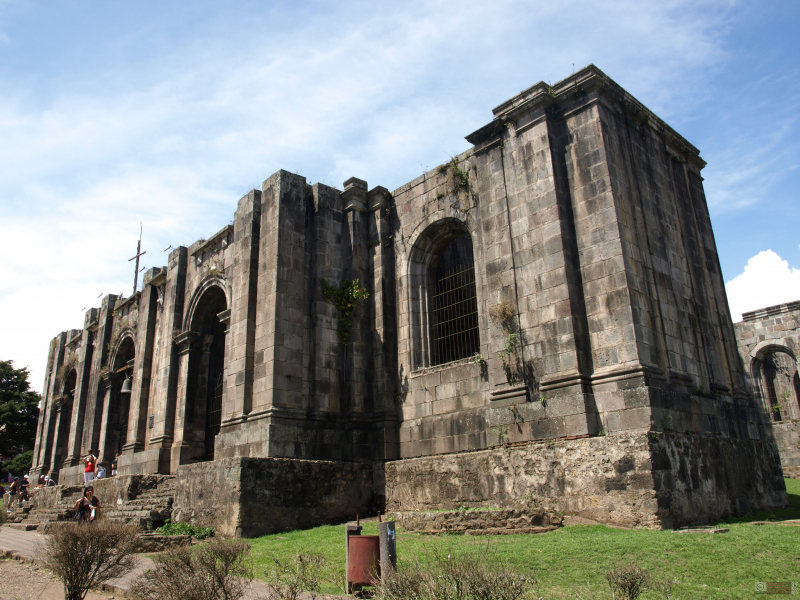
Photo: wikipedia 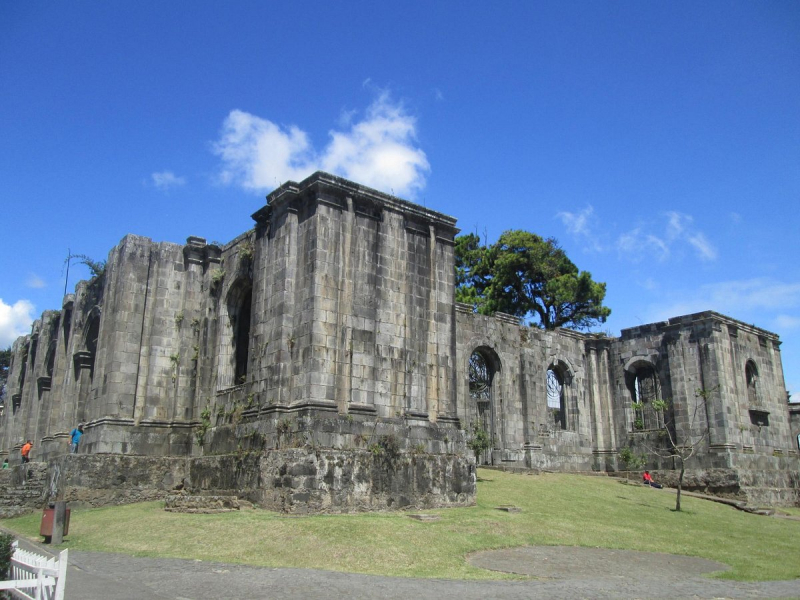
Photo: tripadvisor









